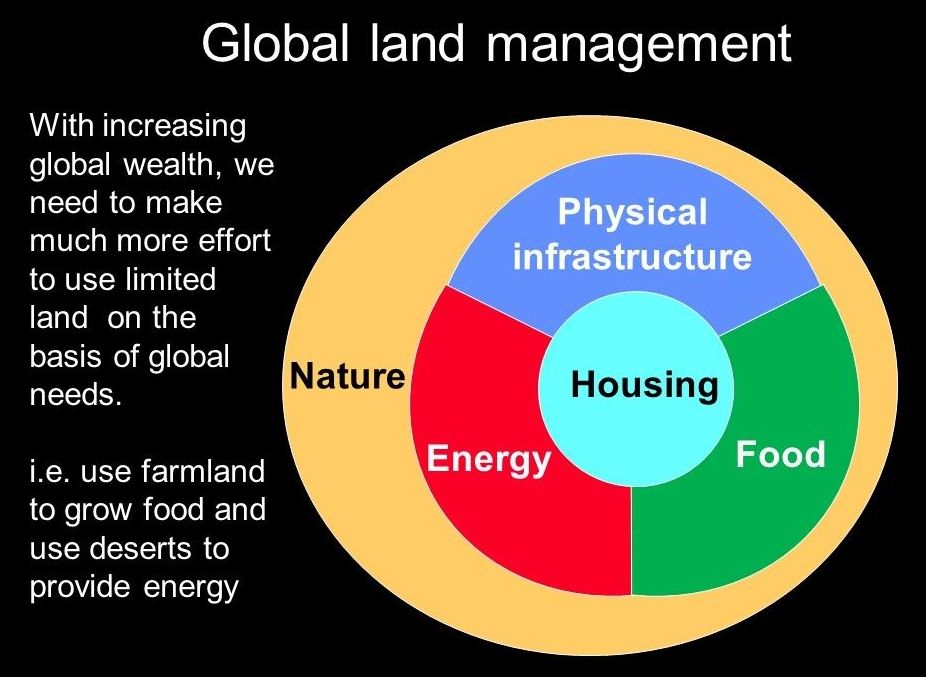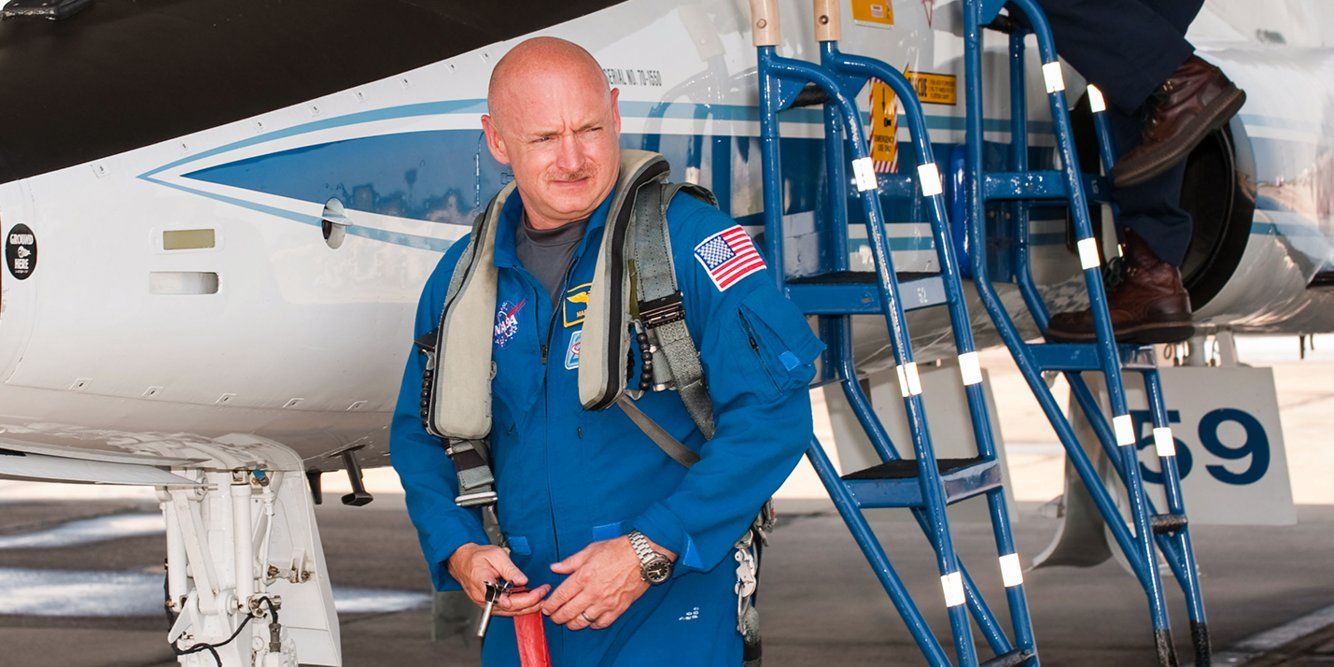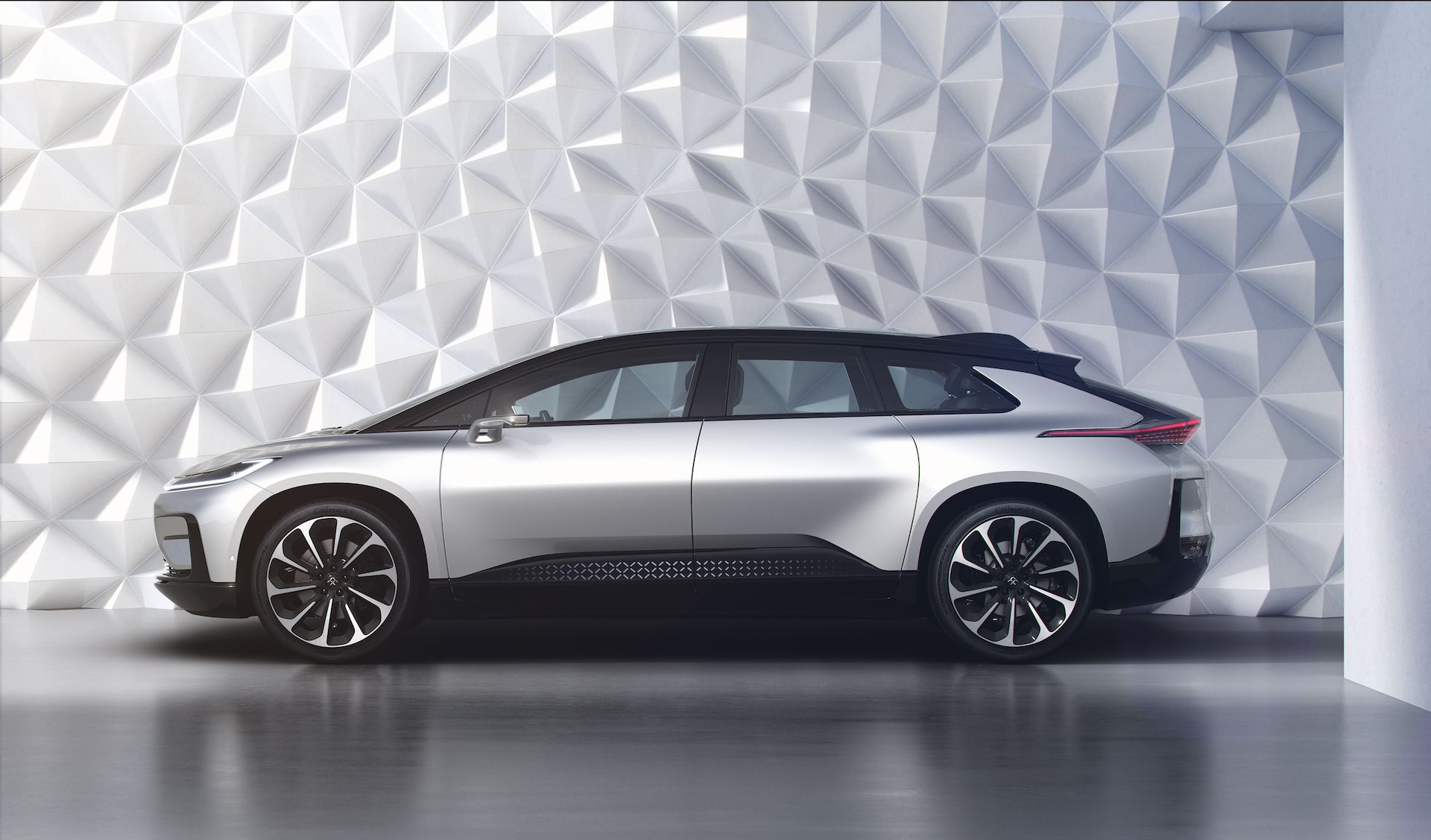A cryptocurrency entrepreneur launched a blockchain religion. Absolutely no one is surprised.



Solar farms in Texas or California are fine, but Kent in England?
Solar farms should be placed in desert regions that have low value for growing food, and relatively low value to nature. Musk plans to install a massive solar farm in nice green Kent, where it is occasionally a little bit sunny. Look at the pics here:
http://www.dailymail.co.uk/news/article-5905675/Elon-Musk-bu…plans.html is simply green lunacy.

The US already has the Air Force Space Command and the Space Mission Force.
President Donald Trump on Monday said he wanted to create a sixth military division called the Space Force. But Mark Kelly, a retired NASA astronaut and Navy veteran, tweeted that it was “a dumb idea” because the US Air Force already has a Space Command and a space force.

There are many theories and stories about parallel universes, but this video contains the true science behind them…
They would start with a hub that is 78 meters wide.
The National Space Society has the goal of 100-meter wide space station that weighs 8500 tons. It could house 500 people.

TOKYO, Japan — A rocket developed by a Japanese startup company burst into flames seconds after a failed liftoff Saturday in northern Japan.
The MOMO-2 rocket, developed by Interstellar Technologies, was launched in Taiki town on Hokkaido, Japan’s northernmost main island. It was supposed to reach as high as 100 kilometers (62 miles) into space.
Television footage showed that the 10-meter (33-foot) pencil rocket lifted only slightly from its launch pad before dropping to the ground, disappearing in a fireball. Footage on NHK public television showed a charred rocket lying on the ground.


Faraday Future, the fledgling Tesla competitor working to build a $300,000 electric SUV, has been thrown a financial lifeline.
Evergrande Health, a division of a large Hong Kong conglomerate, has committed to invest $2 billion to keep alive the all-electric luxury SUV project, according to a report in TechCrunch.
Faraday Future showed off its ultra-futuristic—and ultra expensive—FF91 electric SUV at the 2017 CES show, but has struggled to bring the car to market.